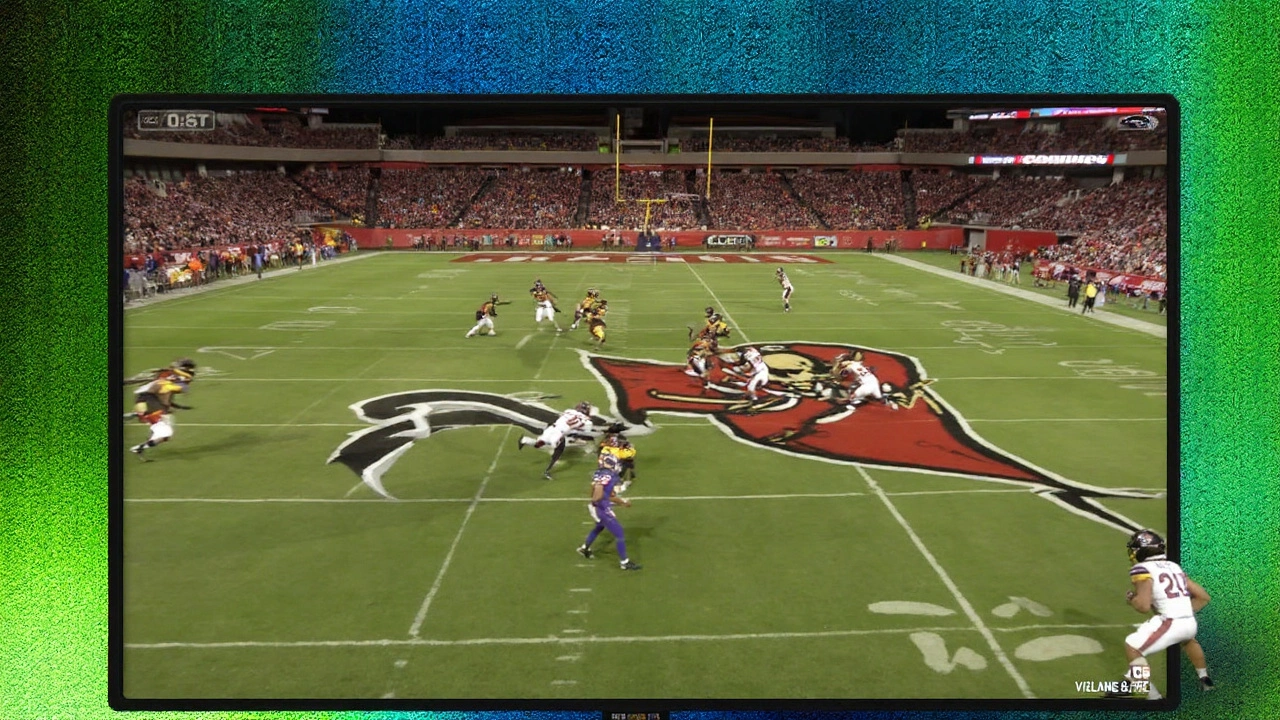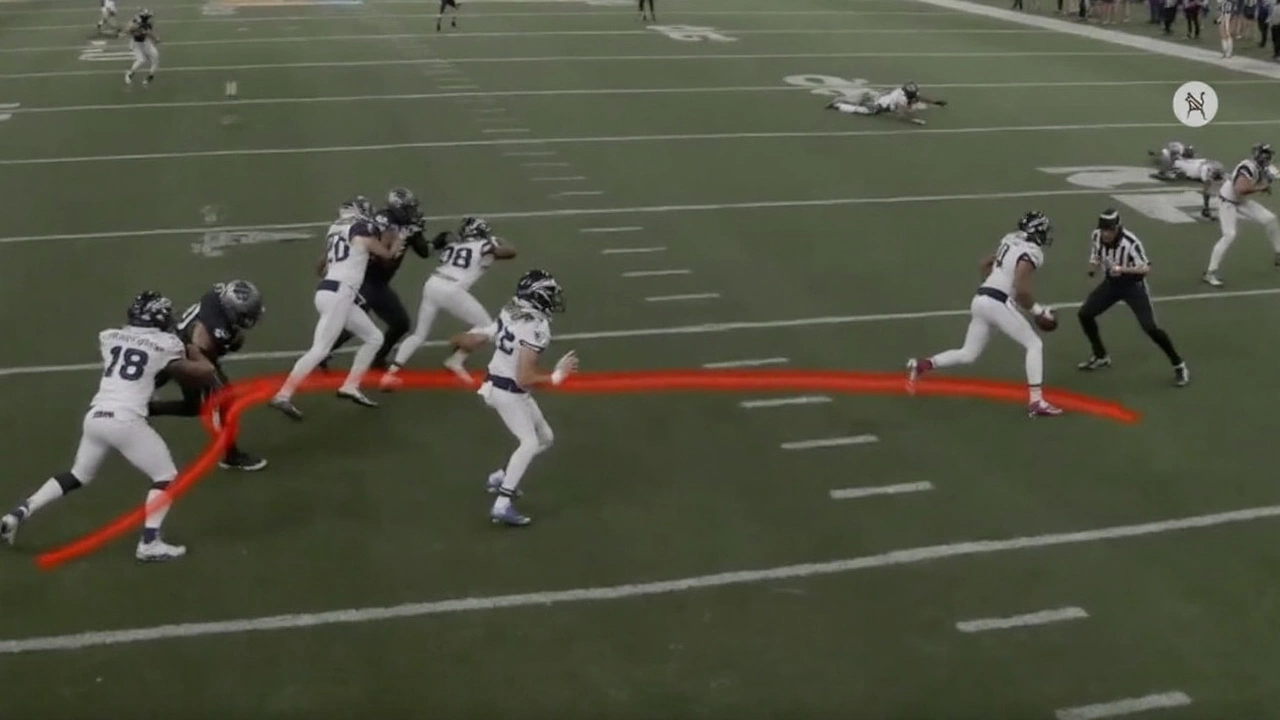Thursday Night Football on Prime Video: What a Clock Management Upgrade Could Look Like

The toughest opponent in the NFL isn’t always a pass rush or a cold road game. It’s the game clock. As Amazon continues to shape Thursday Night Football on Prime Video around data and context, the next logical step is clearer late-game guidance for viewers. There’s no formal announcement of a specific clock-focused mode, but the foundation is already in place—and the demand is obvious every time a two-minute drill turns chaotic.
What we know about Prime Video’s TNF today
Prime Video’s Thursday Night Football has been a tech-forward broadcast since Amazon took over exclusive rights in 2022. The stream runs at 1080p with improved motion handling, multiple audio options, and a pregame show that blends film breakdowns with on-field reporting. Pregame starts early; kickoff lands at 8:15 p.m. ET across devices. In many home markets, a local broadcast simulcast is typically available, but the national stream lives inside Prime Video.
The signature layer is Prime Vision with Next Gen Stats. It pulls in player-tracking data from RFID chips and turns it into live overlays: pressure probabilities, coverage contours, separation on routes, and a fourth-down decision guide. You also see win probability swings, field goal make likelihood, and time-to-throw snapshots that help explain why a play worked—or didn’t—without waiting for a next-day film session.
For fans who jump in late, features like rapid highlights and drive recaps make it easier to catch up. Alternate feeds add different commentary styles. The point is simple: reduce the mystery of football for people who don’t grind all-22 film, without alienating diehards who do.
This tech stack sits on top of AWS, which powers the machine learning models behind Next Gen Stats. Real-time data pipelines ingest on-field tracking and spit out probabilities in under a play clock. That’s why graphics appear quickly enough to matter, not just decorate. And it’s why layering in smarter late-game context is feasible: the system already knows who’s on the field, where they’re aligned, and how each decision nudges the odds.

Why clock management is the next frontier
Fans see timeouts and the two-minute warning. What they don’t see is the math of what each play does to the clock. Should you run or throw near the sideline? Spike or hurry to the line? Bleed 40 seconds or risk a turnover for one more first down? Coaches live in these trade-offs; viewers rarely get a clean window into them. That’s the gap a better clock layer could close.
Here’s what a viewer-friendly clock feature could include without overwhelming the screen:
- Timeout value meter: Estimates how many expected seconds each remaining timeout is worth based on field position, down, and defenses’ timeout count.
- Burn-time projection: Shows how much time will likely come off the clock if the offense keeps it on the ground versus throws in-bounds, throws toward the boundary, or takes a sack.
- Stop-clock map: A simple field overlay that highlights higher-probability stop-clock areas—like certain sideline routes—versus areas where the clock almost always runs.
- Kneel-down calculator: Displays how many snaps it takes to end the game from the current time and down-distance, assuming clean exchanges.
- Two-minute drill planner: A rolling “best path” that updates after each play, suggesting spike/no-spike tendencies and target yard lines to reach a safe field goal try.
- Penalty impact prompt: Quick context when a flag changes the clock state (ten-second runoffs, defensive fouls inside two minutes, or first downs near the boundary).
Prime Video already visualizes aggressiveness on fourth down and field goal choices. A clock lens would work the same way: not telling coaches what to do, but showing fans what the math thinks. It would also explain why a coach might pass on a touchdown to slide at the one-yard line—because forty seconds is sometimes more valuable than six points.
To be clear, Amazon hasn’t rolled out a standalone clock management mode. But the building blocks are there. The tracking data can infer catch location relative to the boundary, yards to a safe field goal, and the expected runoff after different play types. Tie that to existing win probability models and you get late-game guidance that’s readable at a glance.
There’s another benefit: fewer broadcast mysteries. Viewers don’t always know why a team hurries to the line with 1:45 left, then lets the play clock drain with 0:58 remaining. A small on-screen explainer—“draining to force opponent’s final timeout”—turns what looks like indecision into strategy. That’s good TV, and it cuts down on the hot-take spiral that follows many close games.
How would this actually look on screen? Expect restraint. Broadcasters learned the hard way that too many graphics create clutter. The most likely path is a toggle inside Prime Vision that adds a single ribbon under the score bug during late-game situations, plus one compact field overlay. Think quiet cues rather than a wall of numbers.
Why now? Because the margins are thinner. Defenses play lighter boxes, offenses spread the ball faster, and games tilt on a handful of snaps. Late-game execution is increasingly about sequencing as much as raw playcalling. If Prime Video can explain that sequencing without slowing the broadcast, it gives casual viewers a reason to pick the Prime Vision feed—and keeps hardcore fans from switching back to a traditional look.
For anyone planning to watch, here’s the simple logistics rundown:
- When: Thursday nights, kickoff at 8:15 p.m. ET, with pregame coverage beforehand.
- Where: Prime Video app on smart TVs, streaming sticks, game consoles, phones, tablets, and the web.
- Features you can toggle today: Prime Vision with Next Gen Stats, alternate commentary feeds, closed captions, and DVR-style controls for replays and catch-up.
There’s a bigger trend at play. Sports streams are becoming software products, not just linear feeds. The winners will explain the game without getting in the way of it. If Amazon chooses to highlight late-game decision-making next, it won’t be a leap—it’ll be the next brick in a wall they’ve been building since their first Thursday night kickoff.

